Product Description
Fence Paint
Palatine Professional Shed & Fence paint is an oil based paint that provides a durable finish to a variety of outdoor wooden surfaces. It is ideal for painting fence panels, sheds, summerhouses and other outdoor wooden surfaces. Our Professional Shed & Fence paint works to protect most types of wood from the effects of the weather and sunlight. With a long lasting finish especially with UV absorbing black fence paint. Compared to the more reflective grey fence paint.
Acts as an alternative to products designed with initial appearance and costs in mind, which often comes at the cost of performance and opacity.
Furthermore, our Shed & Fence paint can be used as a self-finishing coating with the correct preparation of the surface, which allows it to be applied to untreated wood directly without a primer. It is also suitable for painting concrete fence posts, preventing the need to buy a matching masonry paint.
We have been producing oil based paints since 1946 and take pride in the quality and performance of our paints. We aim to provide an efficient and friendly service to all of our customers from both the public and the trade sector.
If you would prefer a richer satin finish, check out our Lodge and Log Cabin Paint.
Shed Paint Colours and Surfaces:
Professional Shed and Fence paint is available in 30 attractive stock colours . We can also match to colours from the RAL Classic, BS 4800 and BS381C colour charts. Please contact us if you would like to order a colour not shown as an option.
Do you need a particular shade of grey fence paint, green shed paint, blue summerhouse paint or even a pastel pink Wendy house paint? If you’re looking to brighten up your garden, or blend in an ugly structure unobtrusively there is a shade for you.
Because you can use it on both woodwork and masonry posts (see our Pliocem Masonry Paint for a higher grade coating), it’s great for coordinating. Use on a variety of different fence types such as Close Board, Waney Lap, Feather Board, Weaved and Picket Fences. Palatine Professional Shed & Fence paint is a great choice for your protective, decorative coating needs.
Highlights:
- Based on modified alkyd and linseed resin, (lead free) containing organic and inorganic pigments
- Solvent-borne, linoleic rich coating
- Touch dry in 3 hours
- Excellent wet edge and flow out
- No primer required
- Can also be used on concrete posts
- Available in 30 attractive colours including the highly popular Anthracite Grey RAL 7016
The correct solvent for thinning and cleaning for this product is Palatine White Spirit


This shed and fence paint is from the Palatine Professional range. For treatments and preservers please take a look at other products in the wood section
Please note: The colours on the product listings are only given as a guide. This is due to the fact that every computer monitor has a different capability to display colours. In addition, everyone sees these colours differently. Sample pots are available to order upon request.
Please note: a test patch is recommended when applying to tongue and groove
Proper surface preparation is essential for the success of any protective coating system.
Here’s a concise guide for achieving excellent adhesion when painting over previously painted timber:
Preparation:
Scrape and Sand: Begin by scraping away any loose material and sanding down the remaining paint. This step ensures a smooth surface for the new paint to adhere to.
Clean Surface: Remove dust and debris from the timber surface.
Application of White Spirit:
Roller Application: It has been found to improve the adhesion of the first coat, apply a layer of white spirit using a roller to the surface. White spirit penetrates into the timber, helping to prepare it for the top coat.
Top Coat Application:
Immediate Application: Apply two coats of your desired top coat . The quick application of the first coat helps achieve better adhesion. Allow 12-24 hours between recoating. After this time has elapsed, light sanding will be required to achieve improved inter coat adhesion.
Remember to work in a well-ventilated area and follow safety precautions when handling paint and solvents.
For untreated timber or split timber, ensure knots, splits and nail heads are prepared correctly with the relevant preparation, e.g. knots to be sealed with a knotting solution / aluminium paint and nail heads filled in with an acrylic sealant, and splits filled in with a flexible wood filler.
Application:
Best results are obtained in warm (minimum 10°C), dry conditions.
Mix thoroughly for approximately 2 minutes using a drill stirrer. A wooden batten at least 25mm wide is also ideal.
Apply an even coat using a brush, short to medium pile roller on smooth surfaces and a long pile roller on textured surfaces
For spray application by either airless or conventional spray a dilution ration of no more than 10% is recommended with Palatine White Spirit by volume applying thin coats allowing each one to dry before applying subsequent coats.
Once dried, a second coat can be applied at full strength. This will prolong the life and performance of the coating.
Thinning and Cleaning: Use Palatine White Spirit.
If using more than one batch of the same colour, intermix before use
Please note: The colours on the product listings are only given as a guide. This is due to the fact that every computer monitor has a different capability to display colours. In addition, everyone sees these colours differently. Sample pots are available to order upon request. Always carry out a test patch (approximately 100x100mm) before full application
to ensure compatibility with previous coatings and the substrate, and to ensure the colour achieved meets your requirements. Failure to do so will result in a product refund claim not being accepted.
How many 6ft by 5ft overlap fence panels does a 5 Litre tin cover?
As a guide a 5 Litre tin would cover approximately one side of 5-6 panels, with one coat
How many coats of the Shed & Fence paint are recommended?
We would recommend applying 2 full strength coats, we would then expect this to offer protection for between 3-5 years
Can Palatine Shed & Fence paint be applied over previous treatments?
Yes, the paint can be applied to previously treated surfaces, where we would advise lightly sanding the surface to ensure the paint adheres correctly
Can Palatine Shed & Fence paint be applied over surfaces previously treated with traditional creosote?
You can paint over traditional creosote, but it requires specific steps to ensure a successful result. Creosote, which mainly consists of tar produced from wood combustion. It’s essential to address creosote properly because it is flammable, especially the highly concentrated third-stage creosote.
Here’s how you can paint over it:
Preparation: Scrape away loose debris from the surface using a wire brush. While removing the creosote isn’t necessary, ensure that you eliminate any loose dust, dirt, or debris before painting.
Choose the Right Paint: Use an aluminium wood primer to cover the creosote completely. Stir the paint well before applying it.
Apply Aluminium Paint: Follow the directions and apply the aluminium paint. Make sure the creosote is entirely covered.
Apply Primer: Once the aluminium paint dries, apply an oil-based primer
Finish Coat: After the primer dries, apply a good oil based shed & fence paint as the finish coat. Two coats are recommended to achieve full coverage and film performance.
Remember that overcoating traditional coal tar-based treatments like creosote can result in bleeding. Ideally, the creosote should be weathered before painting the surface. If you follow these steps, you can successfully paint over creosote and minimize any potential danger it may cause.
Do I need to sand tanalised timber before painting with this product:
Tanalised timber, also known as pressure-treated wood, does not require sanding before painting. However, here are some steps to follow for optimal results:
Inspect the Wood: Check for any damage or imperfections. If needed, use a wood filler designed for treated timber to repair any flaws.
Sand the Repaired Area: Once the wood filler has dried, sand it smooth with fine-grit sandpaper.
Apply a primer coat: Palatine shed & fence is self priming and therefore a first coat will act as a primer.
Paint: After the first coat has dried, paint a second coat to achieve the desired dry film thickness. Remember to wait at least 2-3 months after pressure treatment before painting or staining freshly treated wood.

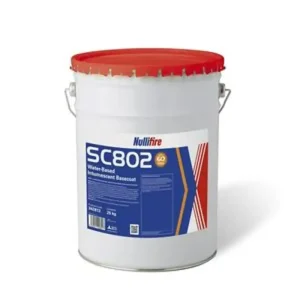






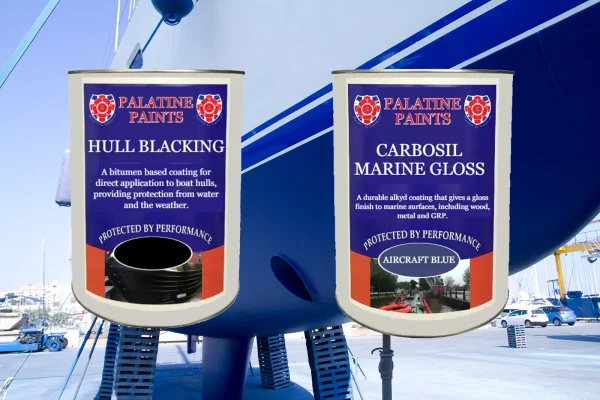
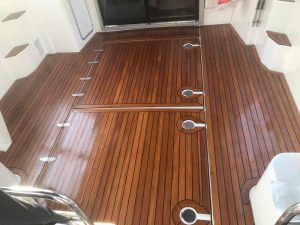
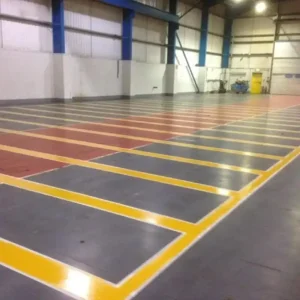
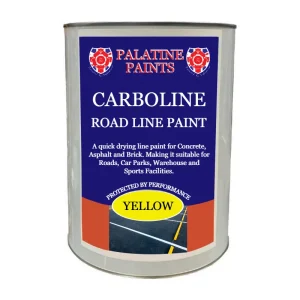
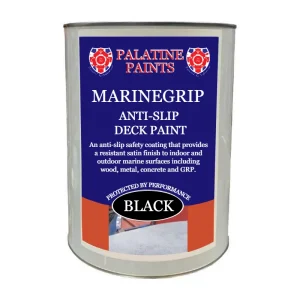
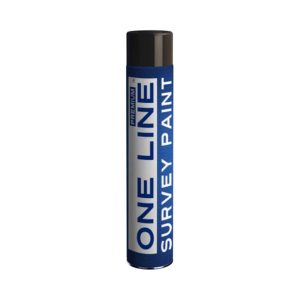
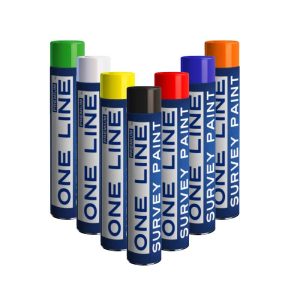
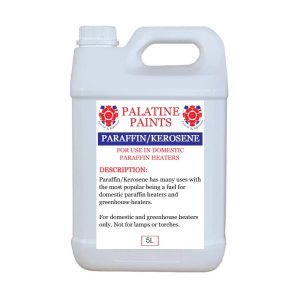
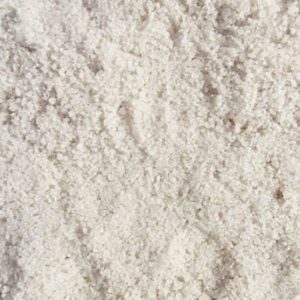
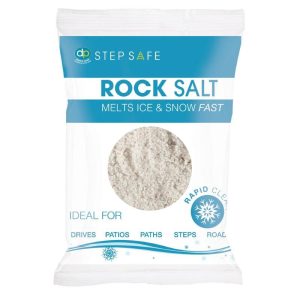

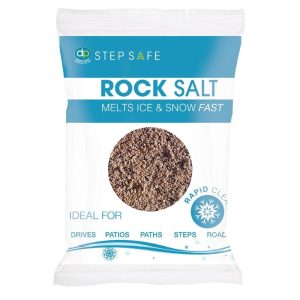
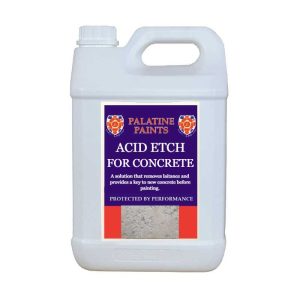
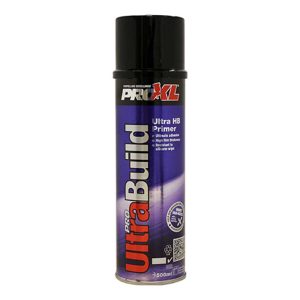

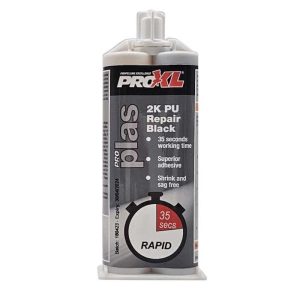
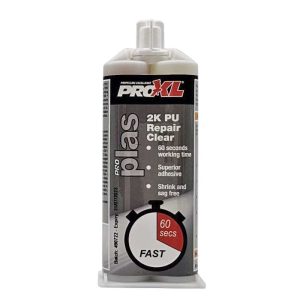
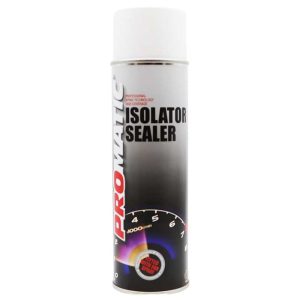
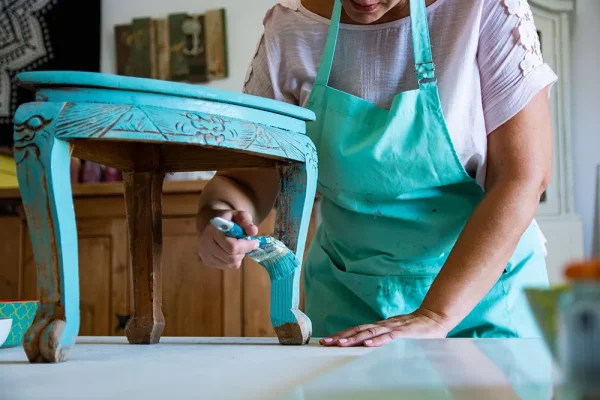
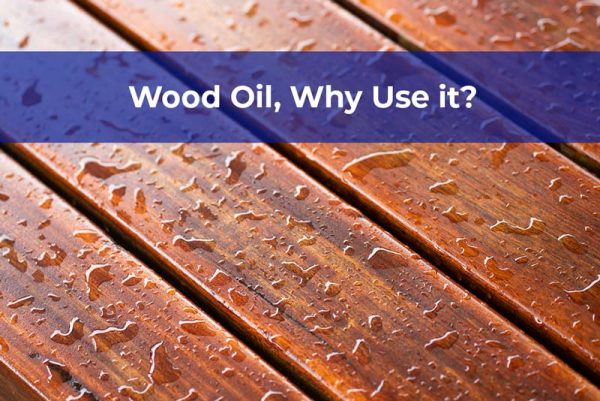
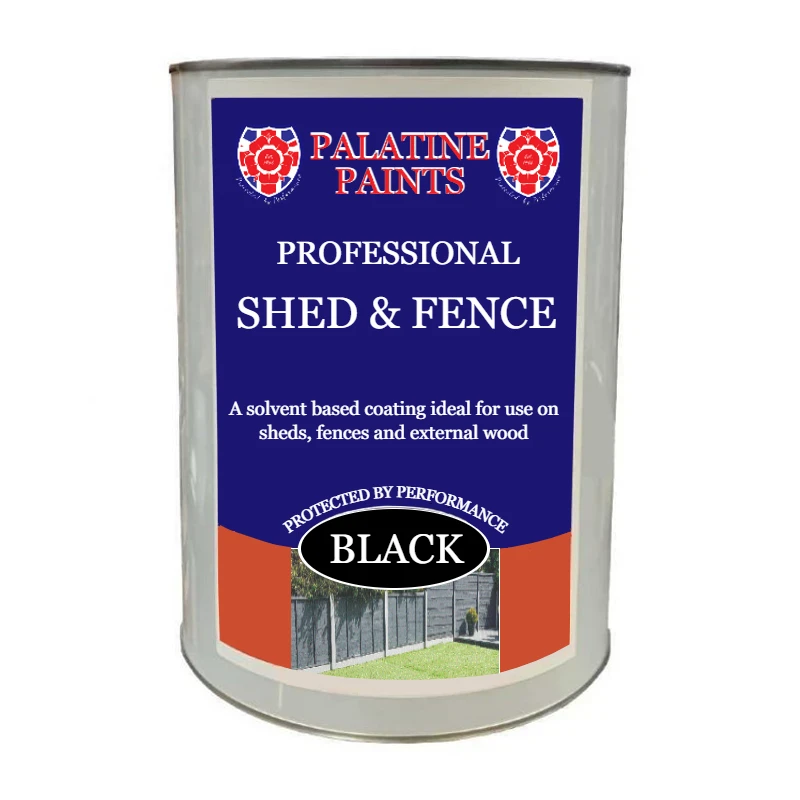
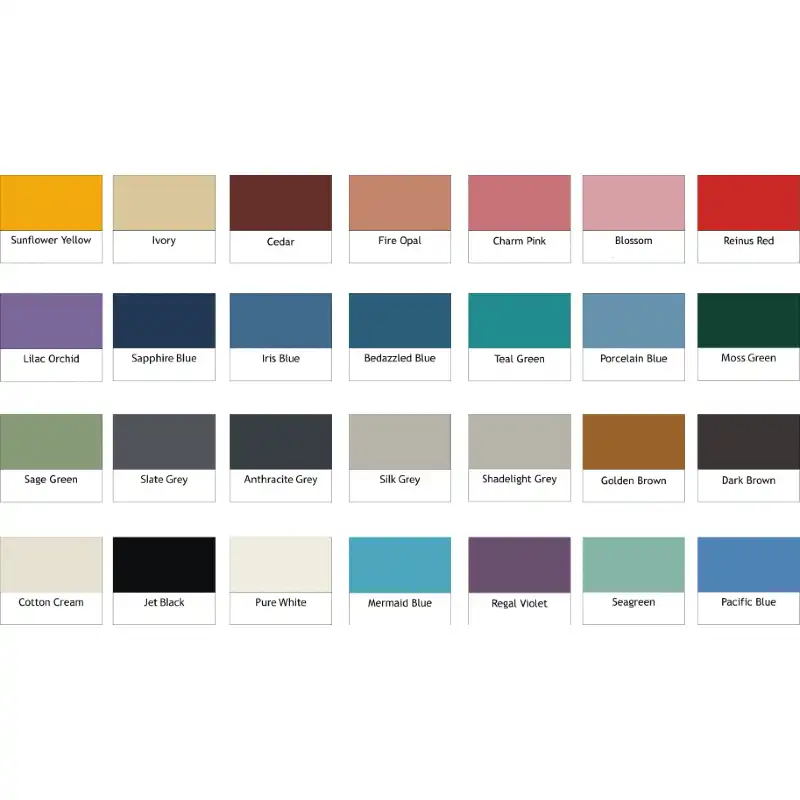
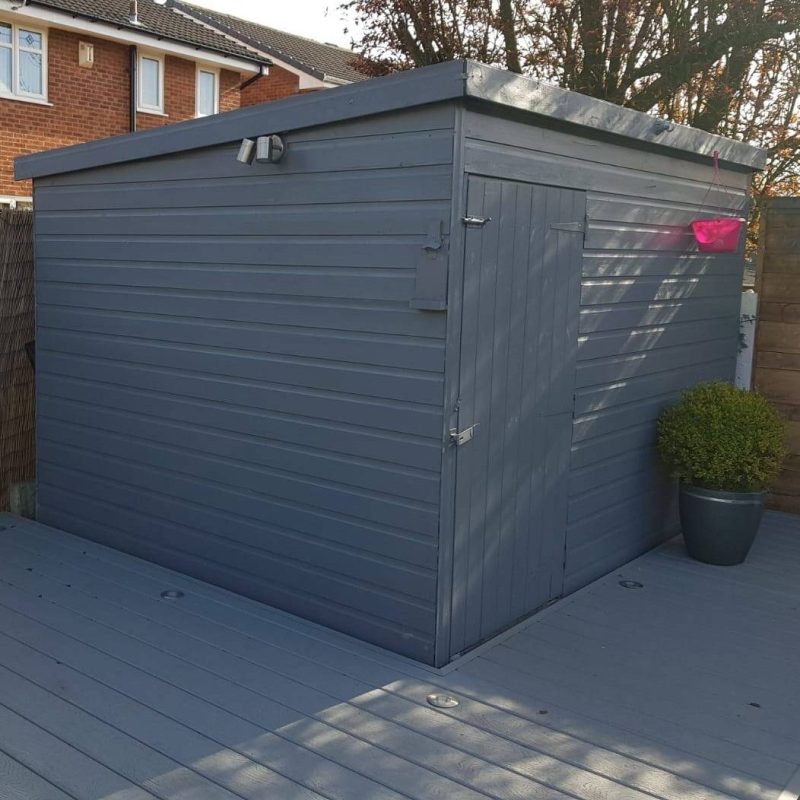
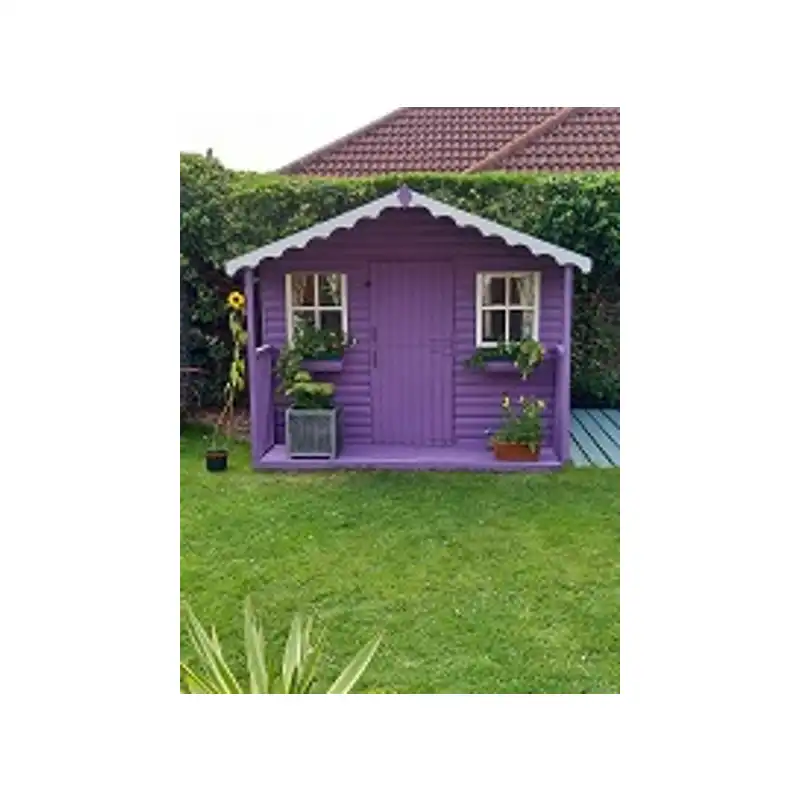
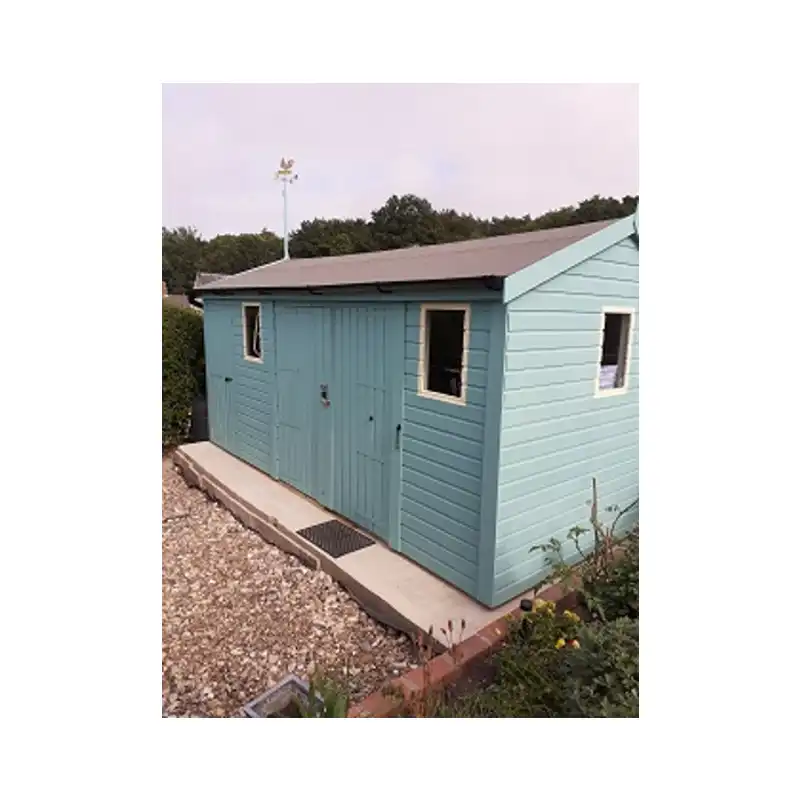
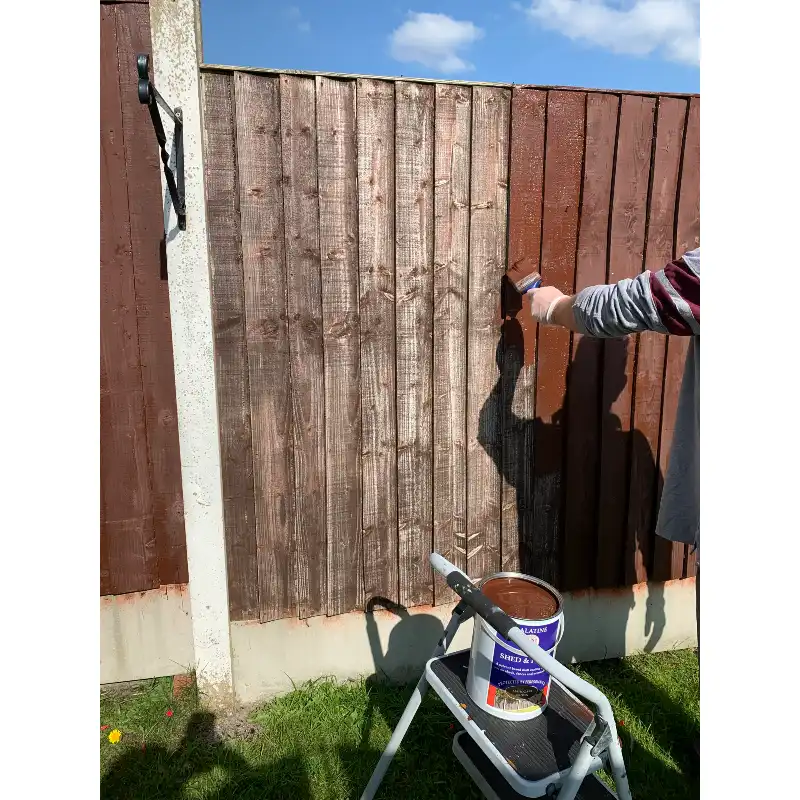
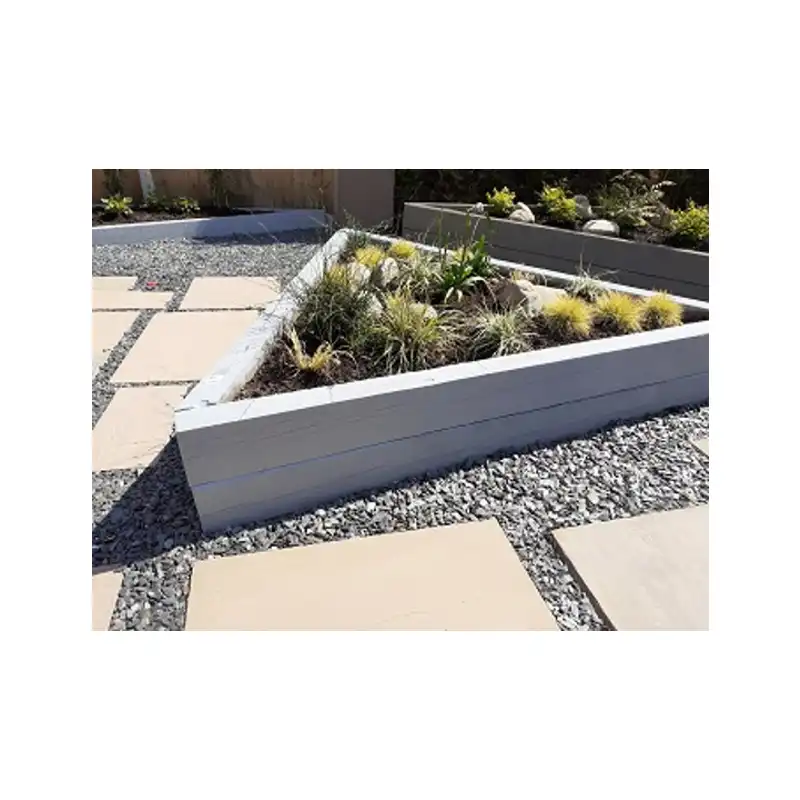
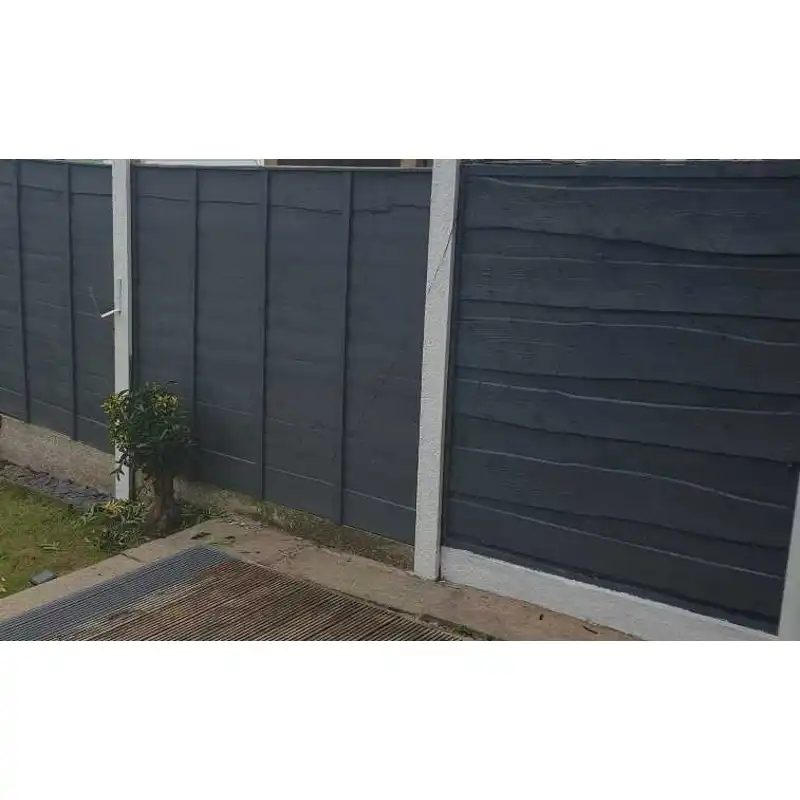
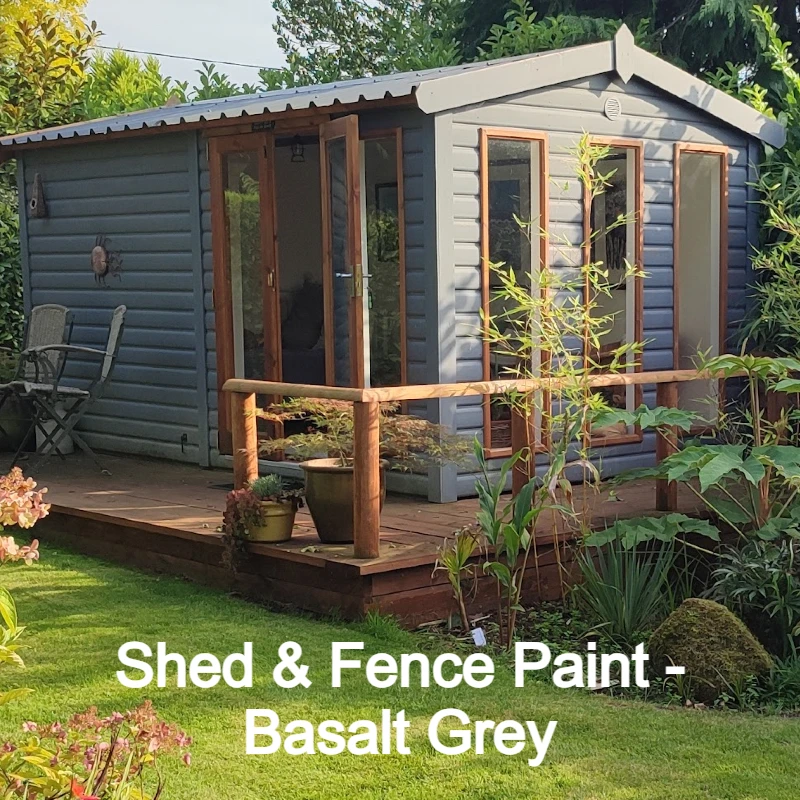
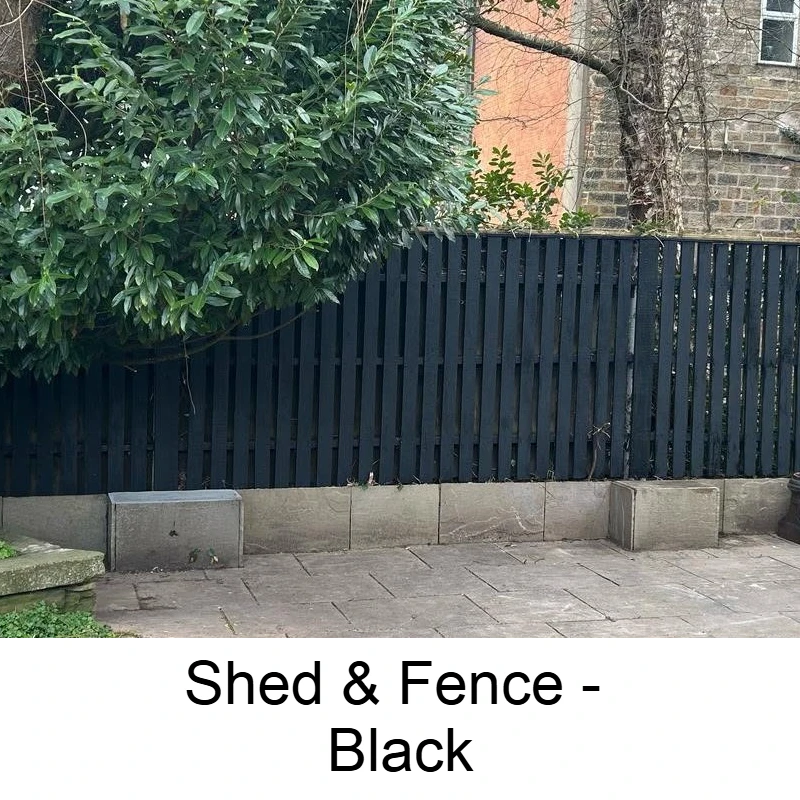




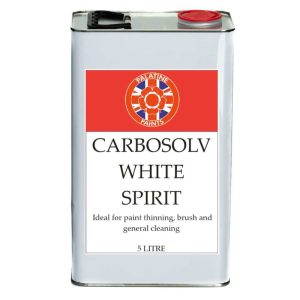
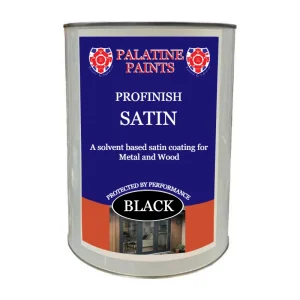
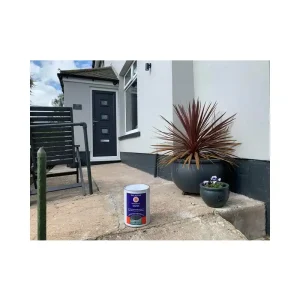

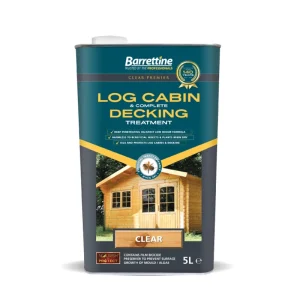
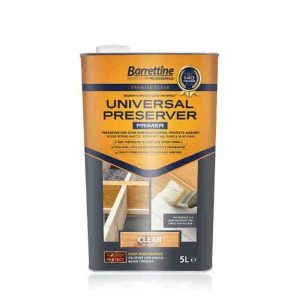
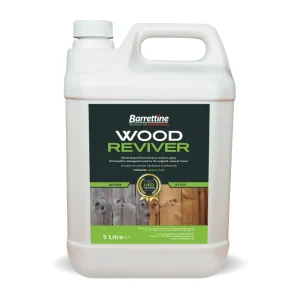
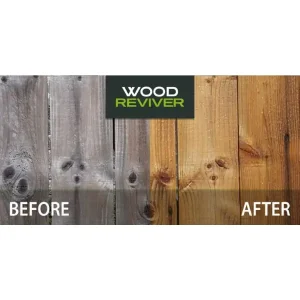
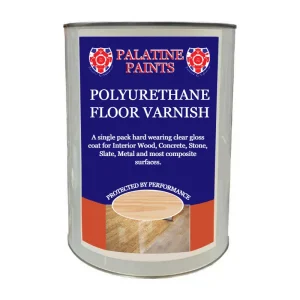
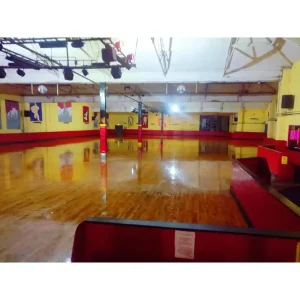
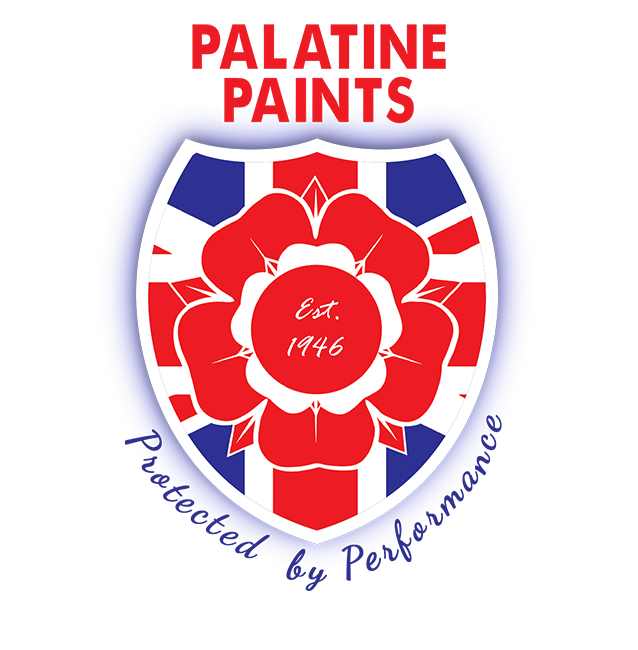
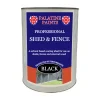
Sue Duglan (verified owner) –
This paint is so easy to apply and is a fab colour. Definitely worth the money it is a permanent solution to weatherproofing our new shed 🙂
Ian Strang (verified owner) –
This paint is great. I searched everywhere for an anthracite paint that actually looks anthracite.
Every other brand is more grey with a blue tint.
As you can see from the photo it matches the anthracite on my garden office perfectly.
The first coat took a couple of hours and the second coat, the next day, just half an hour.
Went on easily, looks fantastic, can’t recommend enough.
Sheila Hopper (verified owner) –
Although more expensive than most fence paints it is certainly worth the money.
We have had several people admire the fencing and really liking the colour, we chose anthracite grey. We have a large expanse of fence being on a corner, so it does catch the eye!
Shraddha Meti –
very good product
Shraddha Meti –
very good product and value for money